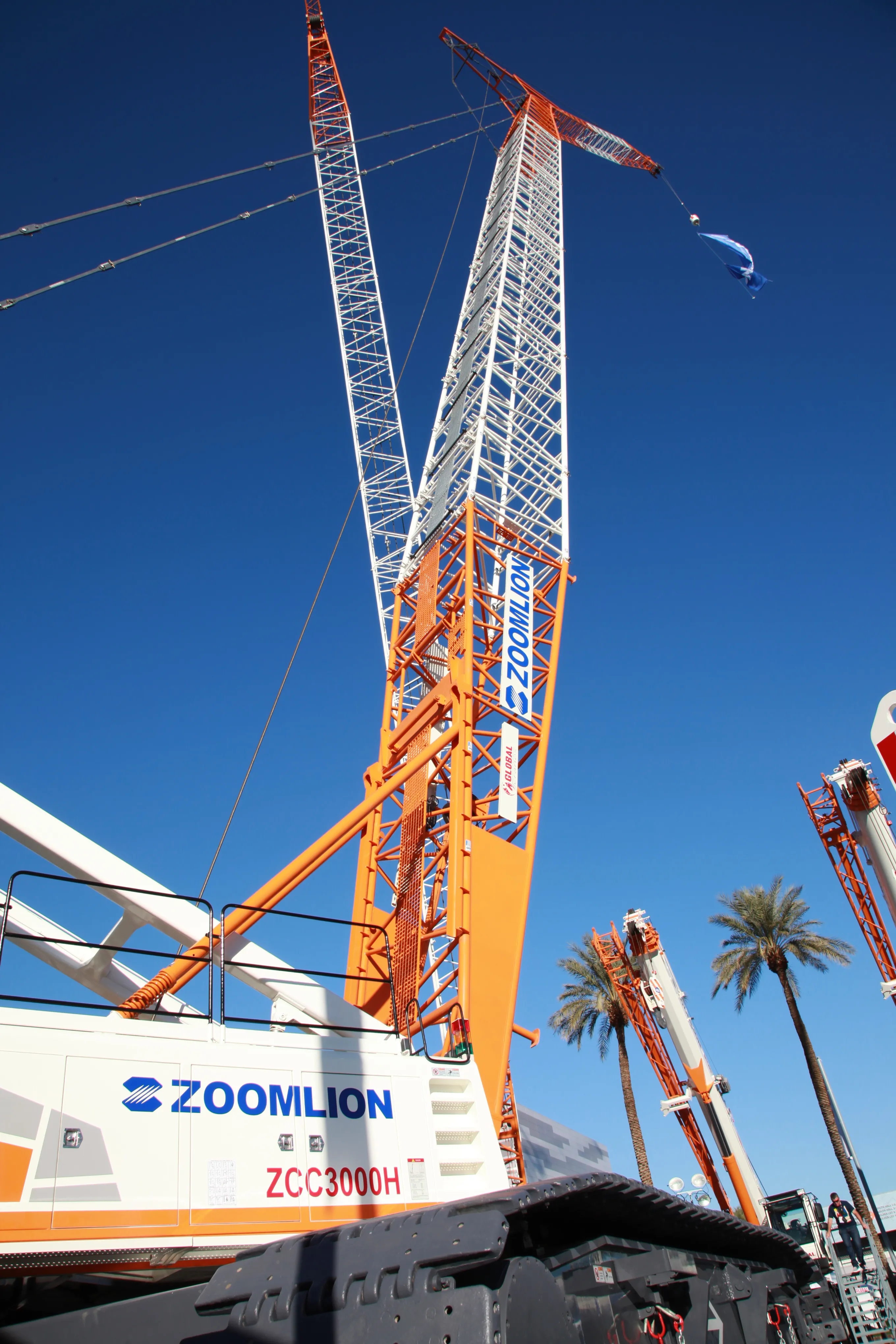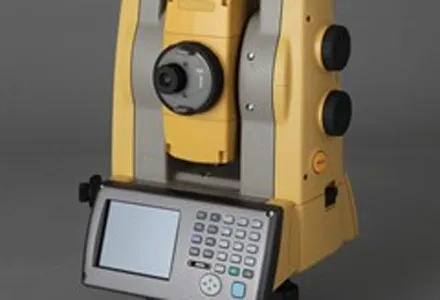New technology from sensor manufacturer SICK UK allows the use of the latest LMS111 series of laser sensors improved vehicle detection capabilities. The new system gives high accuracy with minimal error sensing for security, safety and presence detection on highways duties. SICK says that the LMS111 avoids the risk of false signals and can be used in a broad range of applications while being available at a competitive price.
February 28, 2012
Read time: 2 mins

New technology from sensor manufacturer 3316 Sick UK allows the use of the latest LMS111 series of laser sensors improved vehicle detection capabilities. The new system gives high accuracy with minimal error sensing for security, safety and presence detection on highways duties. SICK says that the LMS111 avoids the risk of false signals and can be used in a broad range of applications while being available at a competitive price.
The unit is protected against harsh environments and can be used in an array of highway applications. Typical installations include presence detection duties such as sensing stationary or moving vehicles at tolls, on bridges or crossing approaches or in car parks. The system is adaptable and can be gantry or roof mounted, while it features double pulse evaluation technology to eliminate distracting minor beam reflections such as rain or fine water spray or dust on the sensor surface. The SICK LMS111 series are compact laser sensors with a short to medium range of up to 20m and 2700 detection fields. They eliminate the need for transmitter/sensor pairs and the expense of associated wiring, are easy to mount and set up on site and can be precisely configured for up to 10 defined fields.
The unit is protected against harsh environments and can be used in an array of highway applications. Typical installations include presence detection duties such as sensing stationary or moving vehicles at tolls, on bridges or crossing approaches or in car parks. The system is adaptable and can be gantry or roof mounted, while it features double pulse evaluation technology to eliminate distracting minor beam reflections such as rain or fine water spray or dust on the sensor surface. The SICK LMS111 series are compact laser sensors with a short to medium range of up to 20m and 2700 detection fields. They eliminate the need for transmitter/sensor pairs and the expense of associated wiring, are easy to mount and set up on site and can be precisely configured for up to 10 defined fields.








